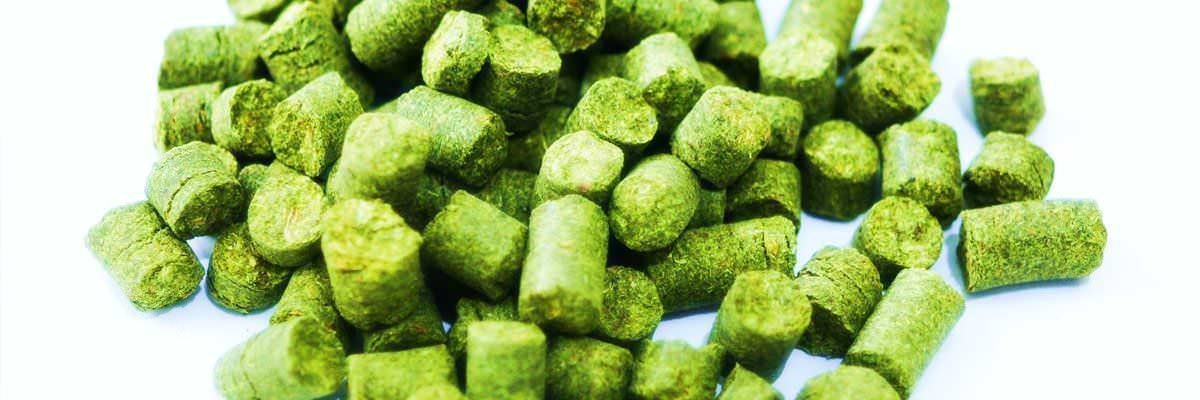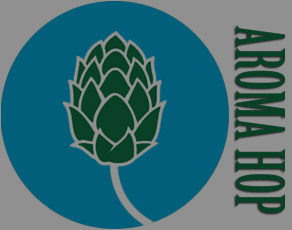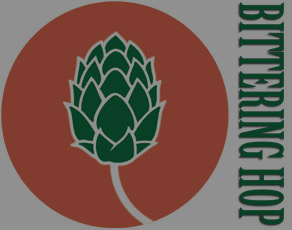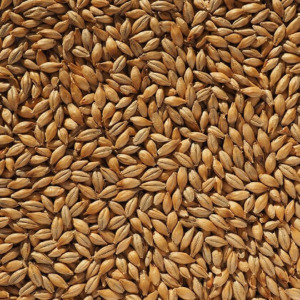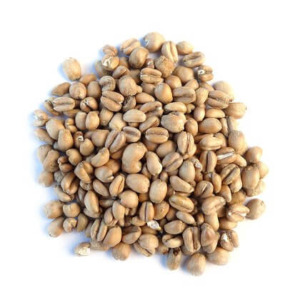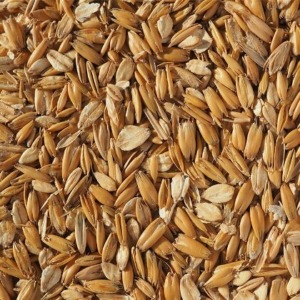ABOUT US
DVKSP is into the genre of import and expert of a variety of merchandise. The company has excellent trading relations with the host of countries spread across in different continents. We believe in honesty and offering the best value for products.
MANAGEMENT
Young Mangement Team run to be the leading name of sale and distribution of our products across the world by constantly accomplishing expectations of customers. Thus, we have covered large part of countries to serve our capability.
QUALITY
All products marketed by DVKSP are manufactured under the most hygienic conditions and by companies holding ISO certifications. Great care is exercised in the selection of manufacturers. WWe believe in qualitative product distribution.


